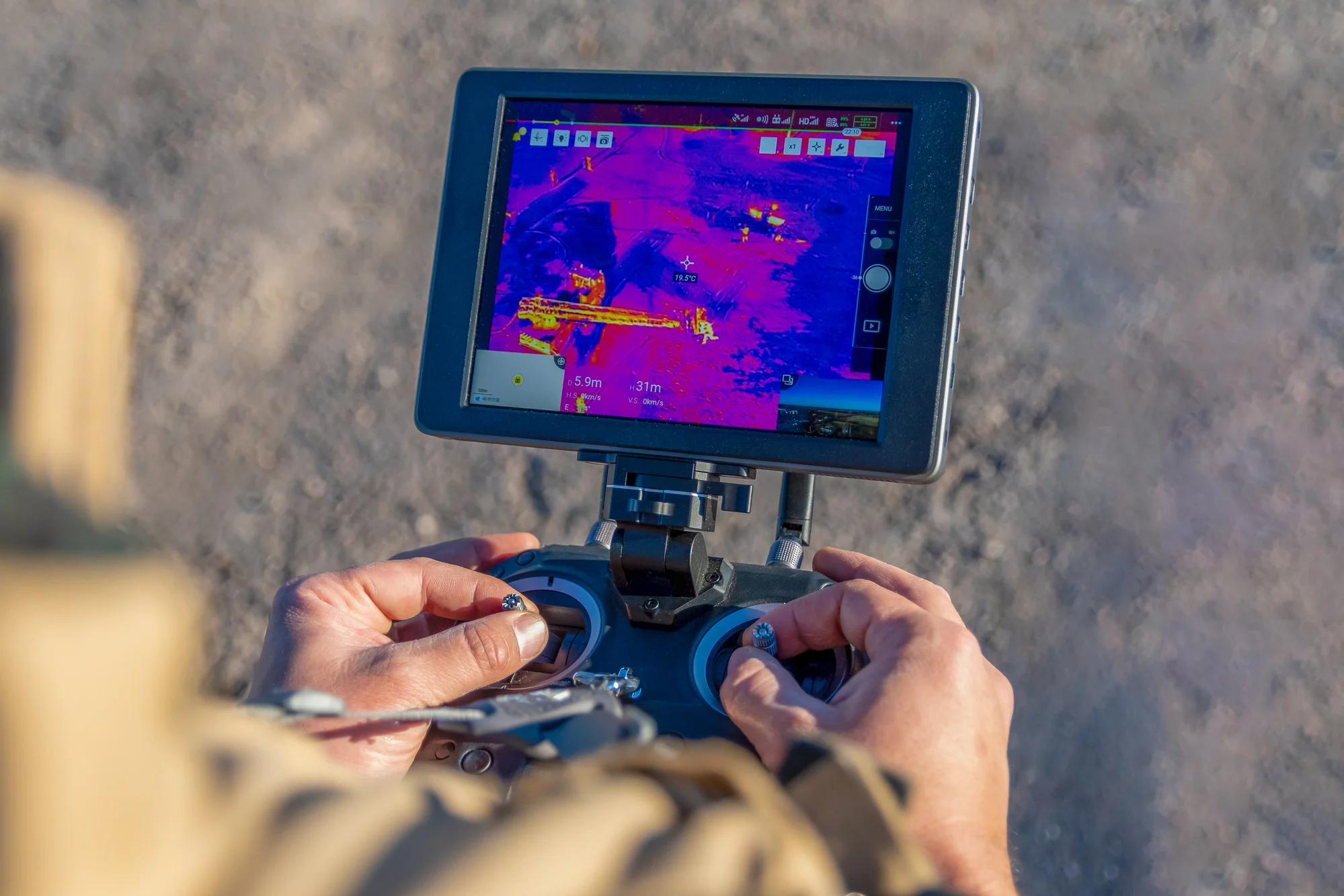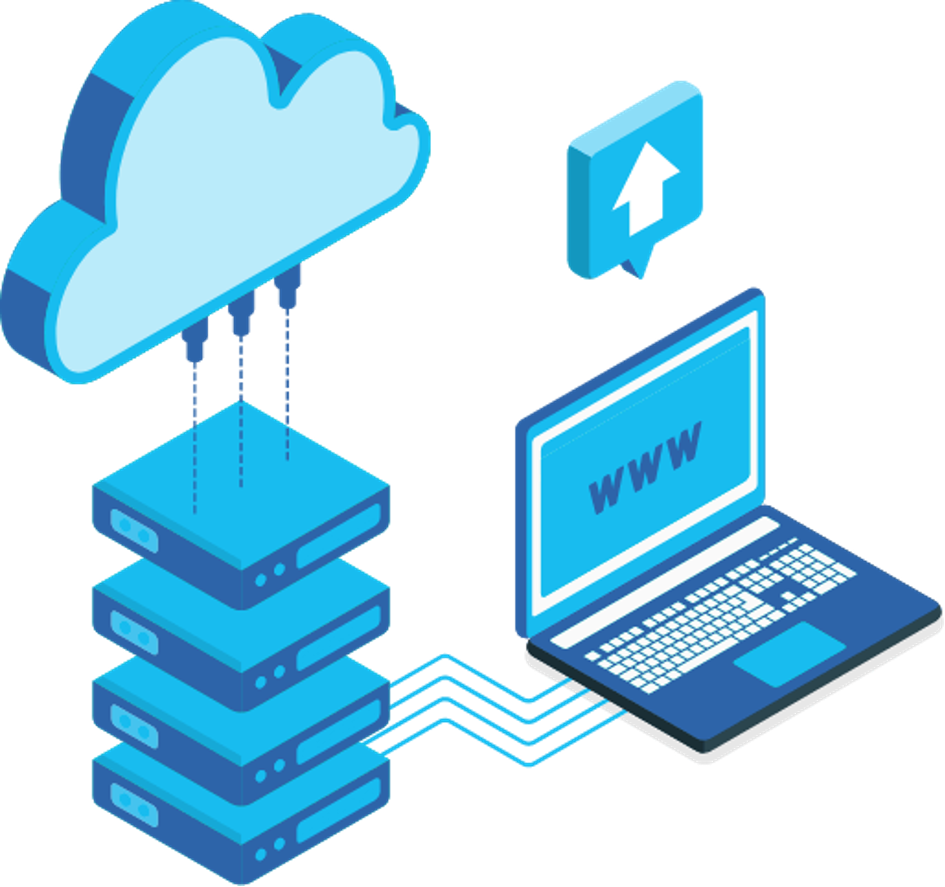Contents
Would you like to harness the power of cloud technologies for your business? And what is the cloud, anyway?
Simply put, cloud platform storage solutions allow you to store data on other people’s hardware. This article will explain an aspect of cloud computing software called multitenancy.
If you want to know about SaaS architecture, you have come to the right place.
What is Multitenancy?
Simply put, multitenancy is when a single instance of the software can serve multiple users.
So what is an instance of software? What is an organization?
If only one organization uses one deployment of one software on one server, then we refer to it as a single-tenant instance.
This is a one-team-per-server structure.
If more than one organization can belong on one deployment of one software on a single server, then it is a multitenant architecture. We might also say it is a multi-tenant instance, as more than one “tenant” can use the software. In this case, each tenant is an independent “instance” of the software, all operating in a shared environment.
In a multi-tenant architecture environment, teams will share the same resource. Again, this is as opposed to a single-tenant structure where each team works on a different server.
Examples of Multitenancy
For example, if you have five organizations constituting 500 users on one cluster of data, this is a multi-tenant architecture. If you have only one organization with 500 users on one cluster of data, this is actually a single-tenant architecture.
If you are looking for specialized multi-tenant architecture support, organizations like SevOne support may be useful.
Another way to distinguish multitenant software is that there is often a level of customizability for customers. You may be able to customize the look and feel of the application to your own tastes.
A good example of this is Slack. Slack is a multi-tenant architecture. You can download the client onto your desktop and customize it in many ways–from the font to the color of the client.
Another example of this is Google products. Many Google products like Gmail are customizable, and you can also log into their various products using the same login.
More examples of multitenant software are Netflix and SalesForce.
Why Choose Multitenancy?
You might want to build a multitenant architecture for your SaaS if you want to reduce infrastructural costs.
Every time you deploy a change in code, the same code will be applied to each “tenant”. This saves both infrastructural complexity and deployment time.
As opposed to single-tenancy, which uses a segment of data and a server per client, multitenant software is much easier to maintain and update.
Single-tenant software requires a more hands-on approach and is often more costly as well.
Implementing Multitenancy
Multitenant architecture is the perfect solution for startup businesses that do not want too many hardware costs. Multitenancy needs only one server for your multiple users, and you only have to deploy your code once.


